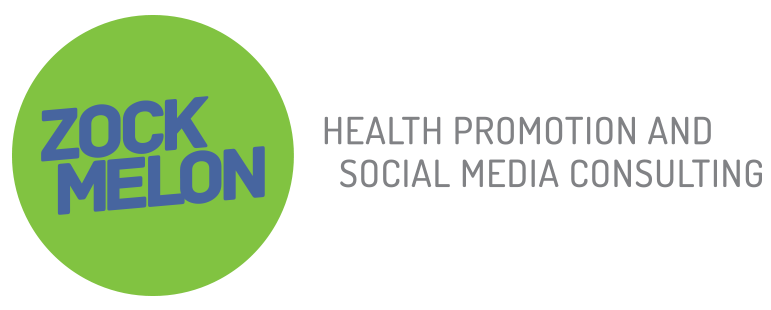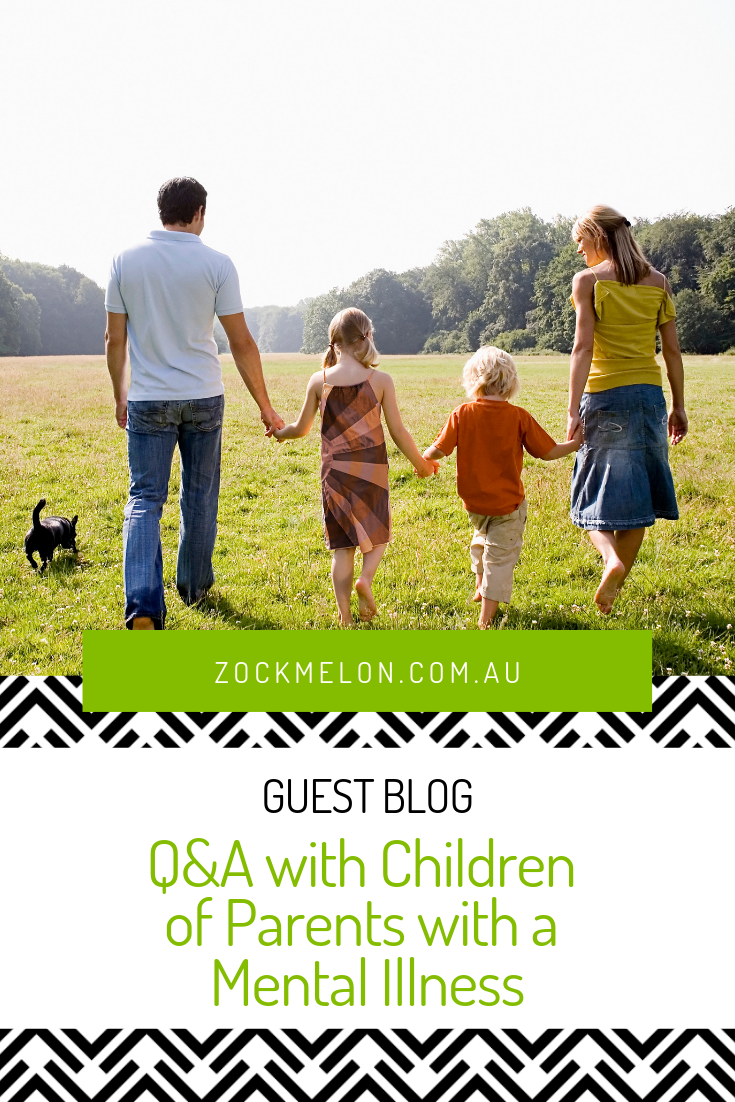Huge thanks to Sarah Horwood, Online Manager, COPMI for sharing her insights with our blog readers.
Background
The Children of Parents with a Mental Illness (COPMI) national initiative promotes better outcomes for children who have a parent with a mental illness. We produce information for parents with mental illness, young people, their family and friends that complements interactive online training courses and resources for allied health professionals who work with them.
The COPMI national initiative has a presence on Facebook, Twitter, YouTube, and more recently on LinkedIn. Whilst there are pros and cons to the use of each platform, Facebook is the most effective driver of results, and therefore where the majority of our efforts lie. Social media is just one part of an overarching online plan for COPMI, for which there are no promotional funds. We have one person who looks at social media for a maximum of 1-2 hours a day, so ours is a strategy of optimisation, aiming for the best results from minimal effort.
What are the key objectives of your social media presence?
Primary objectives are to:
- Support key messages outlined in the COPMI Communications Plan, targeted to varied audiences.
- Drive targeted traffic back to valuable website content.
- Increase conversions (e.g. resource downloads and orders, subscription to eNews email).
Secondary objectives include:
- Brand reinforcement and community awareness and recognition of COPMI.
- Community goodwill and engagement.
How do you manage social media platforms in two hours a day?
Top recommendations include:
- Limit your time: Block out an hour a day (for example) and stick to it.
- Schedule to optimise effort: Make use of Facebook and Twitter scheduling tools to pre-set your messages in advance. (Whilst you can use third party software to do this, search engines like Google prefer to see you do this from within each platform).
- Re-post valuable messages periodically: Messages are more effective when repeated (test the best frequency for your audience).
- Test and measure to optimise results: Make use of each platform’s statistics and record key metrics over time to test what works and what doesn’t. Use these learnings to optimise activity at frequent intervals to maximise results.
What have been the most successful posts (or types of posts) so far? What do you think has made them successful?
We find the greatest engagement with posts that are:
- Accompanied by large, emotive, relevant images
- Memes that are targeted to pertinent themes, issues or audiences
- Practical resources and helpful information that is easily downloaded
- ‘Timely’ messages (for example, the most recent research, relevant news items etc, and posts aligned with relevant calendar events).
- Video, audio content
How do you measure ‘success’? How do you know what’s working well? What are your key metrics?
Social media needs to be viewed not in isolation, but as part of a holistic online strategy. It can be tempting to review social media progress and to be distracted by the myriad of metrics available. However, success really needs to be considered in the context of an organisation’s business goals and return on investment. Google Analytics is the third-party platform that we use to provide consistent data when comparing different platforms that each have unique reporting methodologies. We set up to track online visitors and their conversion to actions on the COPMI website and our eLearning site. We look at the channels we receive traffic from, and how social media fits in to our efforts across other channels and in comparison to them. A focus on ROI allows us to them optimse our efforts.
Secondary metrics such as ‘likes’ and ‘shares’ can be helpful in terms of indicating how ‘engaging’ or ‘valuable’ messages appear to be, and help with future optimization of post types and topics.
What have been some of your learnings/challenges around use of social media?
An ongoing challenge for COPMI is the diverse nature of our audiences. The initiative needs to appeal to several audiences at the same time, without distancing others. We attempt to share key messages for each of our audiences weekly, and once a month to repeat specific messages to reinforce and engage a maximum number of individuals.
There has been a significant reduction in reach and engagement on Facebook that numerous organisations have noted over the last 12 months. Some professionals argue that Facebook has changed its algorithms and is now favouring video and audio content. Certainly ‘organic’ reach of messages is down, and many argue they have to buy ads to regain previous reach. The issue is likely a combination of both; changes to Facebook algorithms and massive increases in the amount of posts that are created and shared on a daily basis. Here’s what Facebook has said on the topic: https://www.facebook.com/business/news/Organic-Reach-on-Facebook.
What are your top pieces of advice that you have for others embarking on a social media project/campaign?
Our top pieces of advice:
- Prepare a Social Media Policy that guides business and professional use of social media platforms and clearly sets expectations for your staff on all aspects of its use.
- Before starting a campaign, be sure you have established measurable goals that you can review periodically.
- The visual is all-important: Use an engaging and visually relevant profile image, connect with images in context with each post.
- Customise your page: Make use of the addition of apps to your page (for example to cross-promote your other platforms, website or subscription process) and organise your tabs.
- Ensure your page information and descriptions are updated.
Thanks again to Sarah Horwood, Online Manager for her nuggets of wisdom in this social media case study.
Be sure to check out Children of Parents with a Mental Illness national initiative on their social media sites:
- https://www.facebook.com/COPMIorg
- https://twitter.com/COPMIorg
- https://www.youtube.com/user/copmi1/videos
- https://www.linkedin.com/company/copmi-national-initiative

